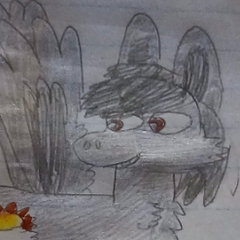general Origin of Christmas discussion
-
Similar Content
-
general Time Capsules
By Dreambiscuit,
- 9 replies
- 287 views
-
general Workplace pony
By SkarletVoid,
- 6 replies
- 386 views
-
general What's your favorite dessert? And if you don't have one, what's your favorite treat?
By sebrosills,
- 23 replies
- 565 views
-
- 539 replies
- 41,435 views
-
- 1 reply
- 286 views
-
-
Recently Browsing 0 members
- No registered users viewing this page.
.png.d800d654a3559ff5cb94e2355e1309a4.png)

.png.9f7a30f791b145f036492d631e9d72ac.thumb.png.18cf0a38d9f33827cf22462327347501.png)



Recommended Posts
Create an account or sign in to comment
You need to be a member in order to leave a comment
Create an account
Sign up for a new account in our community. It's easy!
Join the herd!Sign in
Already have an account? Sign in here.
Sign In Now